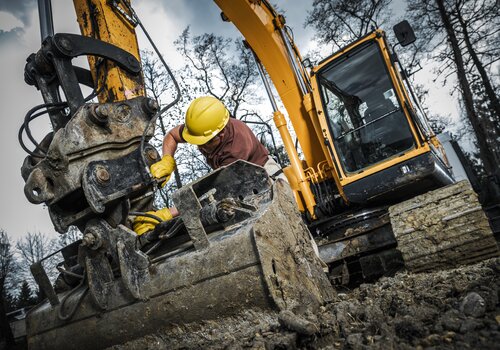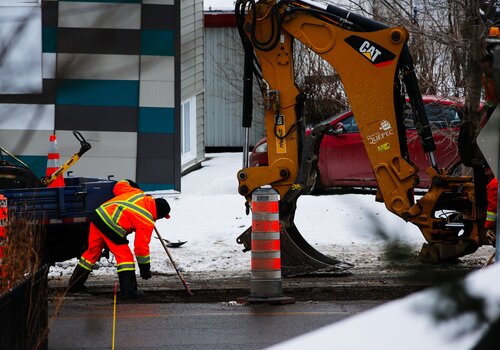As we step into the new year, the construction industry faces a significant shift in safety protocols, particularly in head protection for workers. With the Occupational Safety and Health Administration's (OSHA) latest guidelines, released on Nov. 22, 2023, construction contractors should adapt to modern safety helmet standards to ensure the utmost safety of their workforce.
The move from traditional hard hats to advanced safety helmets marks a pivotal change in how we approach head safety in construction environments. These modern helmets are not just a design overhaul; they represent a deeper understanding of head injuries and a commitment to leveraging technology for better protection. With falls in construction being the leading cause of fatalities industrywide, protecting one’s head is essential.
UNDERSTANDING THE CHANGE
For decades, hard hats have been the standard in construction sites. However, OSHA's Safety and Health Information Bulletin highlights that these traditional forms of head protection have limitations.
One of the standout features of these new helmets is their improved side impact protection. This is key in construction sites where lateral impacts are a common hazard. Additionally, the integration of chin straps in these helmets provides a secure fit, ensuring the helmet stays in place during a fall or sudden movement. The new safety helmets also help with heat injuries, as traditional hard hats often lack vents, resulting in trapped heat inside.
The new safety helmets address these gaps by offering enhanced protection that covers the entire head, not just the top.
To protect its employees and help show the industry how important this new recommendation is, OSHA employees on inspection sites are now required to use modern safety helmets.
ADAPTING TO THE NEW NORM
Contractors should view this shift as an opportunity to enhance their safety protocols. Adopting these new helmets should be a priority, especially in high-risk environments like construction sites, high-temperature work areas, and in tasks involving electrical work or heights.
This transition also involves educating the workforce about the importance of these helmets and how they differ from traditional hard hats. Training sessions can be organized to familiarize workers with the new features and the correct way to wear and adjust these helmets.
COSTS AND MAINTAINING THE GEAR
Maintenance of safety equipment is as crucial as its adoption. The new guidelines provide detailed instructions on inspecting and storing head protection gear. Contractors must ensure that these practices are embedded into their safety routines to maintain the integrity of the helmets.
Modern safety helmets cost more than traditional helmets – $100-plus compared to $15-$30. The money spent now will prevent costly injuries and keep your workers as safe as possible. An investment in modern safety helmets is an investment in your workforce. Companies that have already made the switch have seen these benefits firsthand.
COMPLIANCE AND BEYOND
The adoption of modern safety helmets in the construction industry is not just about complying with OSHA's guidelines; it's about prioritizing the safety and well-being of workers. By being proactive in this transition, contractors can lead the way in creating safer work environments. As we move into the new year, let's commit to a future where every construction worker is better protected, and head injuries are significantly reduced.
Photo credit: NARITH_2527/ISTOCKPHOTO.COM












